
In certain locations in China, it’s now as easy to purchase an HIV test kit as it is a snack. But are rapid HIV self-tests the next big thing, or a big bust?
Laurie Saloman is a seasoned medical journalist who has written extensively about HIV, influenza, Zika, Covid-19, cancer, endocrine disorders, mental illness, and other infectious and non-infectious diseases. Her work has appeared in Contagion, The American Journal of Managed Care, Pfizer’s Breakthroughs.com, Health After 50, and the journal of the Emergency Nurses Association, among others. A member of the Association of Health Care Journalists and the American Society of Journalists and Authors, Laurie lives in New Jersey with her family. You can reach her on Twitter: @LaurieSaloman

In certain locations in China, it’s now as easy to purchase an HIV test kit as it is a snack. But are rapid HIV self-tests the next big thing, or a big bust?
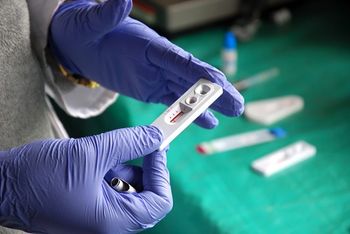
In underserved nations where HIV rates are high, rapid diagnostic tests (RDTs) have been relied upon to determine which individuals are infected; however, there is concern about the accuracy of these tests.
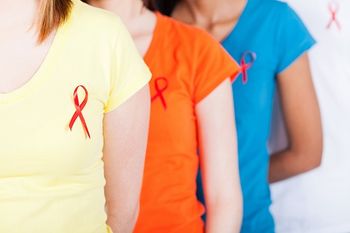
A recent study finds that children who are infected with HIV either just before or after birth are at much greater risk of experiencing serious health events—and even death—than children who are infected during adolescence.
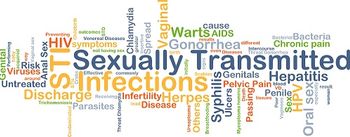
CDC researchers explore if local and state health departments provided HIV services as a part of their STD programs.
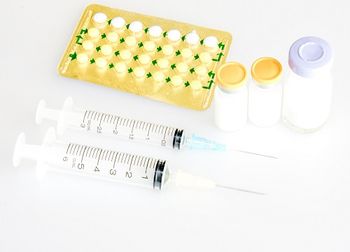
The WHO recently revised its guidelines on progestogen-only injectable contraceptives in light of new evidence that their usage may involve a higher risk of contracting HIV.

Fewer expectant mothers infected with HIV transmit the virus to their babies, but gaps in treatment persist. More infants could be protected with proper screening and treatment.

Adherence with HIV therapy regimens remains difficult for some patients. Nurse-delivered interventions can increase adherence, reduce disease costs, and extend the lifespan in an HIV-infected population.

Dental plaque may be a culprit in the development of pneumonia, but better oral health can mitigate that risk both in ventilated hospital patients and in healthy individuals.

A high-dose flu vaccine may offer more protection to older adults during flu seasons in which Influenza A(N2N3) is circulating.
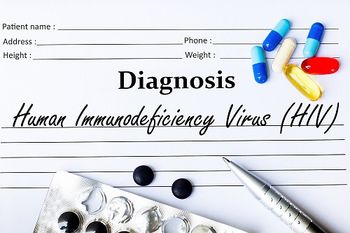
Scientists are hopeful that a new two-drug regimen will simplify treatment for HIV patients while exposing them to fewer side effects.
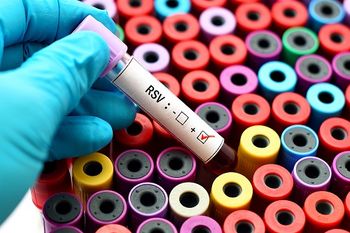
A team of researchers has developed single-domain antibodies that remain stable and stop respiratory syncytial virus (RSV) from entering the lungs.

Certain antibiotics can invade drug-resistant bacteria by using brute force at the surface level.

Higher rates of self-reported drug use exist among the HIV-positive population, highlighting the need for interventions in at-risk populations.

Researchers at Rockefeller University in New York have discovered that a potent monoclonal antibody known as 10-1074 is highly effective at neutralizing various HIV strains.

Diverse vaginal bacteria that’s deficient in lactobacilli appears to raise the risk of contracting HIV.
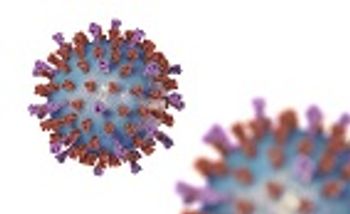
Respiratory Syncytial Virus is an incredibly common virus that hits both the very young and the very old disproportionately.

Undocumented immigrants face particular difficulties accessing primary medical care in the US.

Sustaining a burn that lands a patient in the hospital may have long-term implications for their risk of acquiring infectious diseases later on.
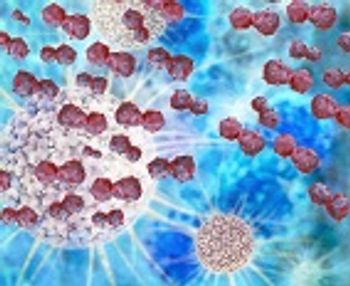
Low CD4/CDE8 ratio and a history of bacterial pneumonia heighten the risk for lung cancer in an HIV-positive population.
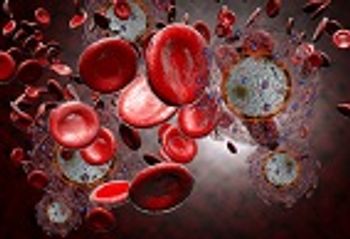
The 90-90-90 goal from the Joint UN Programme on HIV/AIDS has three prongs: By 2020, 90% of people with HIV worldwide will be aware of their status; 90% of HIV+ people will have access to treatment; and 90% of those with HIV will have a suppressed viral load. Money and training are key.

With an increasing number of Salmonella infections showing resistance to antibiotics, a CDC team set out to determine which strains are most problematic.

A team of researchers in France explore if text message reminders in hospital settings will encourage better hand hygiene practices among healthcare workers.

The recent discovery of a child mummy calls into question some assumptions about the history of smallpox.

Acute myocardial infarction rates are higher in HIV-positive patients; a new study out of the VA may help clinicians determine who’s most at risk.

Why do more HCV-infected immigrants, rather than non-immigrants, end up hospitalized for liver problems? Inadequate screening and longer infection duration are likely reasons.
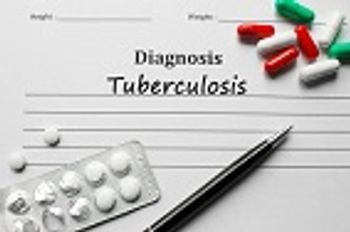
A new study shows corticosteroids may be an effective tool in fighting tuberculosis with comorbid acute respiratory failure.
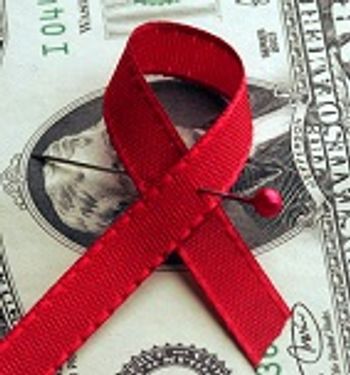
Aggressive and earlier treatments can forestall new HIV infections, but how much are we willing to spend?

Scientists are studying whether wild animals play a role in the transmission of Heartland virus to humans.

A new study suggests that the persistence of leprosy is partly due to inhalation of the aerosolized virus.

Ten years ago in Geneva, the World Health Organization (WHO) unveiled what is now called the Global Action Plan for Influenza Vaccines (GAP), a comprehensive approach to meeting the demand for vaccines should there be a pandemic anywhere in the world. How is it doing?